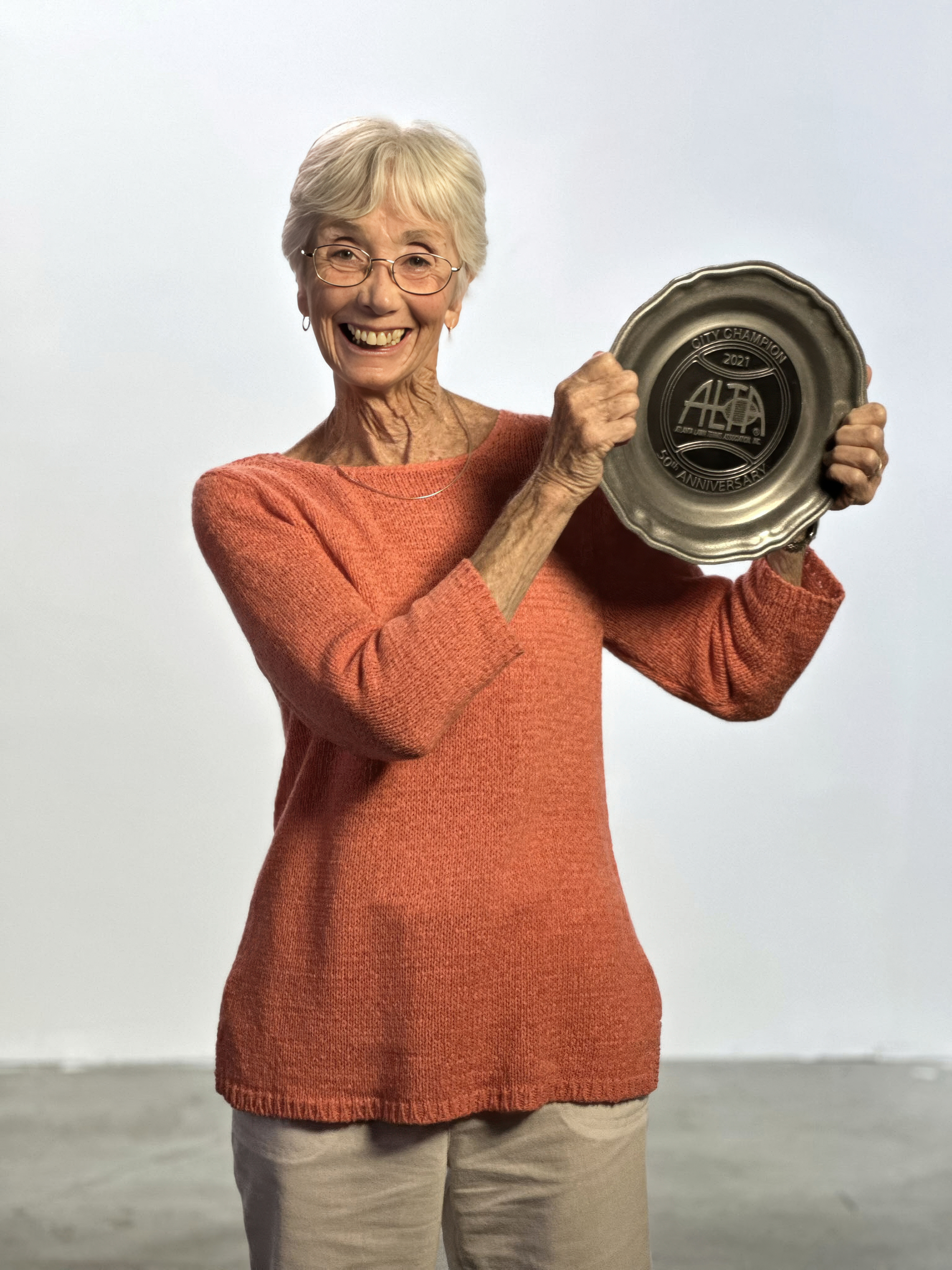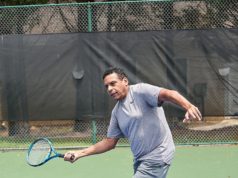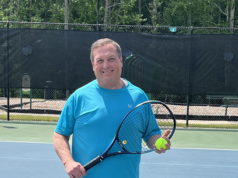Hydrate, Hydrate, Hydrate
BY Dr. Mark Kovacs, CTPS, MTPS; CEO, Kovacs Institute; Executive Director International Tennis Performance Association
Everyone knows how important it is to drink fluids, but do you know that in our research (along with many others) it is common for tennis players to go into their matches or practice sessions already dehydrated? In some of our research, more than 70 percent of players step on-court less than optimally hydrated. Also, make sure that you are not just drinking water, but that you are also taking in enough electrolytes like sodium and potassium. The electrolytes are important as you lose a lot of these when you sweat.
Wear Sunglasses
Wearing sunglasses can do a lot more than just make it easier to see the ball in bright conditions. They allow your eyes and your muscles around your face and forehead to be more relaxed, thus your energy requirements are lower with sunglasses. It is one easy addition to your tennis that can really make a big difference in both sunny and overcast conditions.
Ramp Up Your Conditioning
Right now (today) is the best time to start improving your conditioning for tennis during the summer. It is important to get yourself in the best shape possible by performing traditional aerobic activity (riding a bike or running at a relatively slow pace for, say, 30 minutes), but also perform tennis-specific endurance (TSE) work. This can be accomplished using different modalities such as riding a bike, running, rowing, etc. However, just try to do some TSE work, which is focused on a work/rest ratio similar to tennis. This involves periods of moderate to high-intensity work periods followed by recovery periods. This is like playing a point and then recovering in-between points. Most tennis points are relatively short (less than 30 seconds). We recommend a lot of work between 5 seconds and 30 seconds, followed by 20-60 seconds of rest. The goal in these types of workouts is to try and work around 70-80 percent of your max capacity for at least 20 minutes.
Travel
This time of year can include a lot of travel. Both air travel and car travel can cause a lot of problems on multiple body areas of a tennis player. The most common areas of concern when sitting in a car or a plane for multiple hours are the lower back, knees, and neck. We spend a lot of time at our Institute with professional athletes working on their travel schedule and various ways to make the travel experience better for their bodies. You can use some of the same tips and techniques that the best athletes in the world use. They include wearing a wrap that has heat or vibration in it for your back, knees, or neck. You also can utilize various muscle stimulators to help with blood flow to avoid these areas getting “stiff.” Try to take breaks from sitting every hour; in the car, stop and walk around for 2-5 minutes. If you are in a plane, walk the isle for 2-5 minutes every hour. Do foot and ankle exercises regularly to maintain blood flow.
I hope these few, simple tips can help you enjoy playing more tennis during the summer months.




